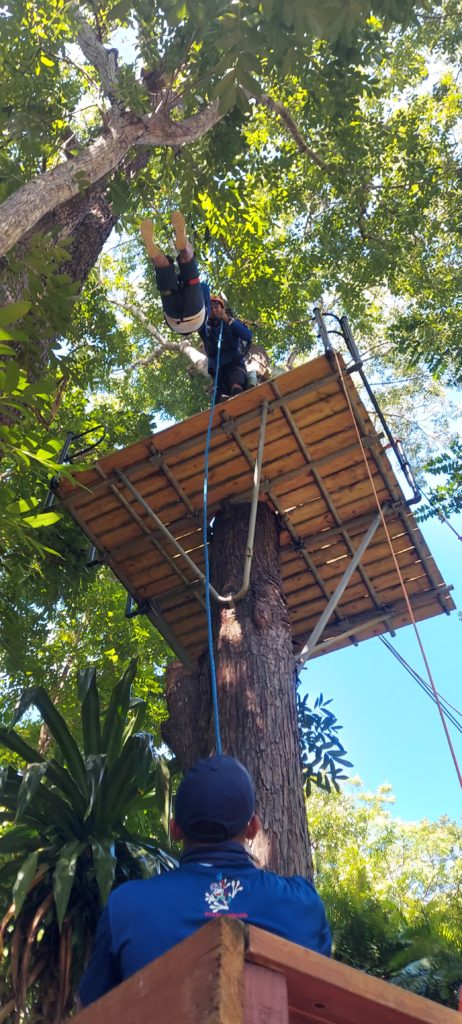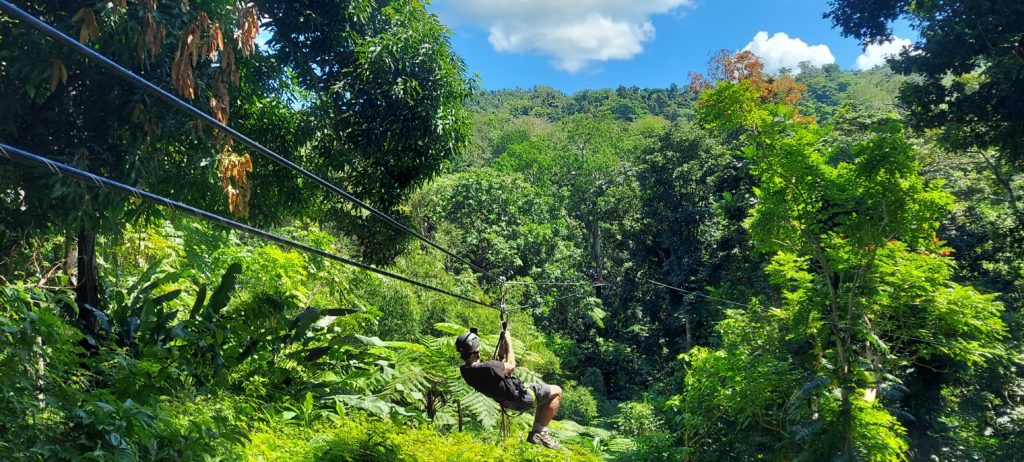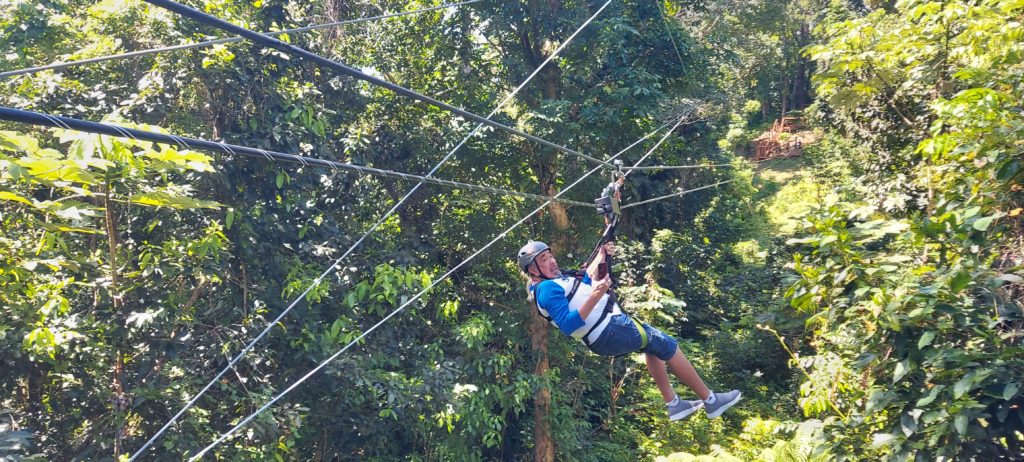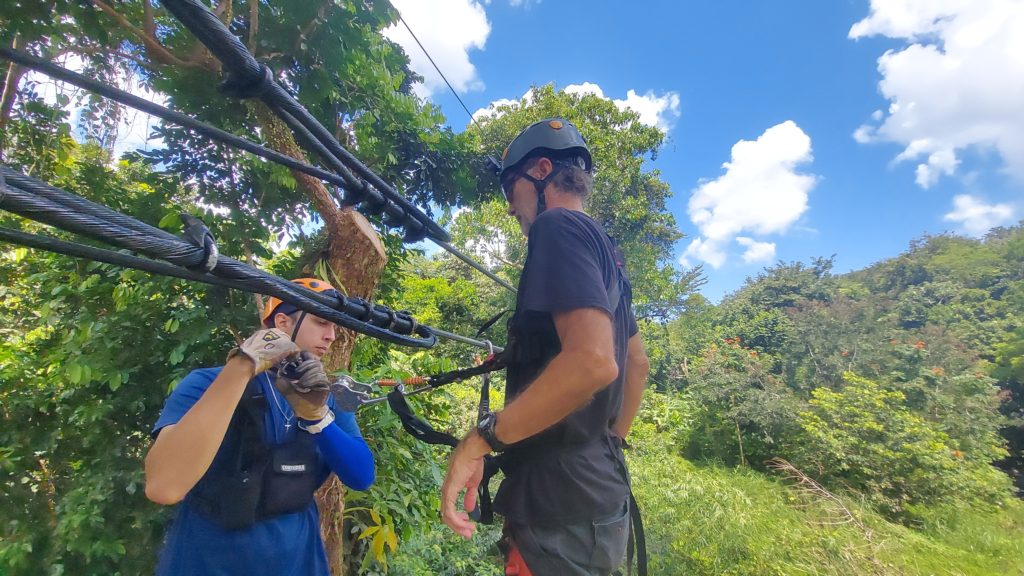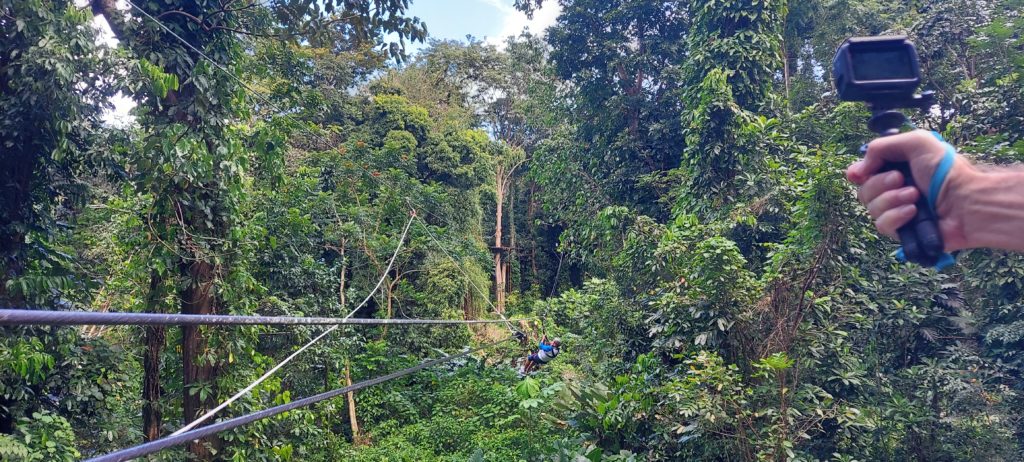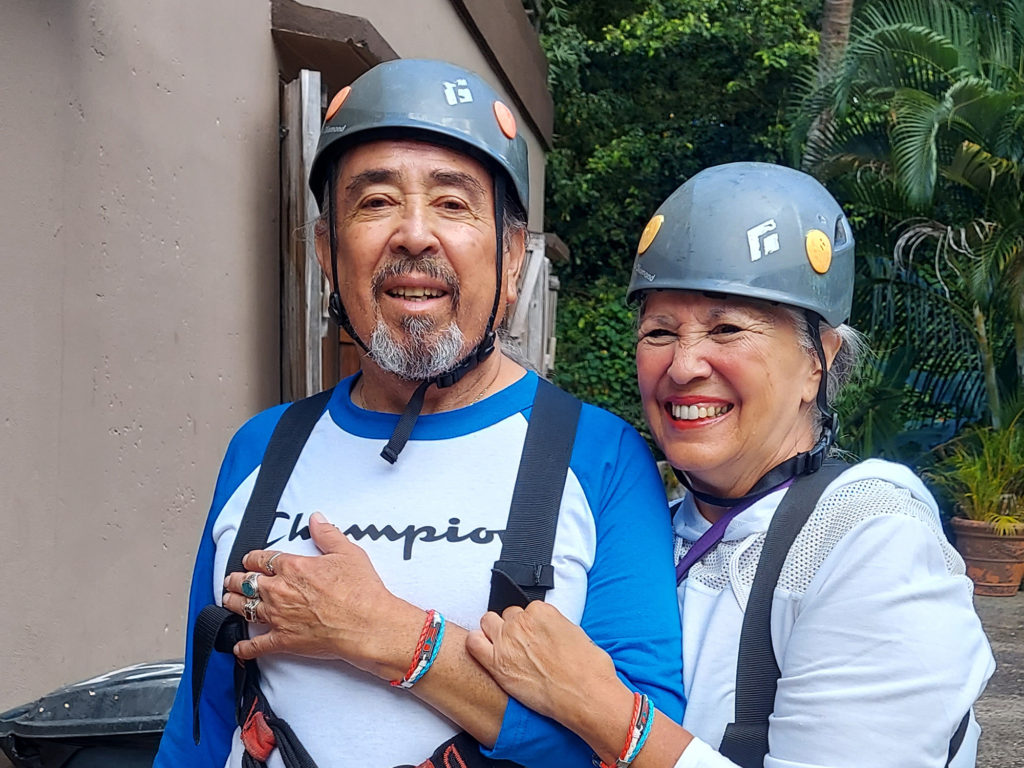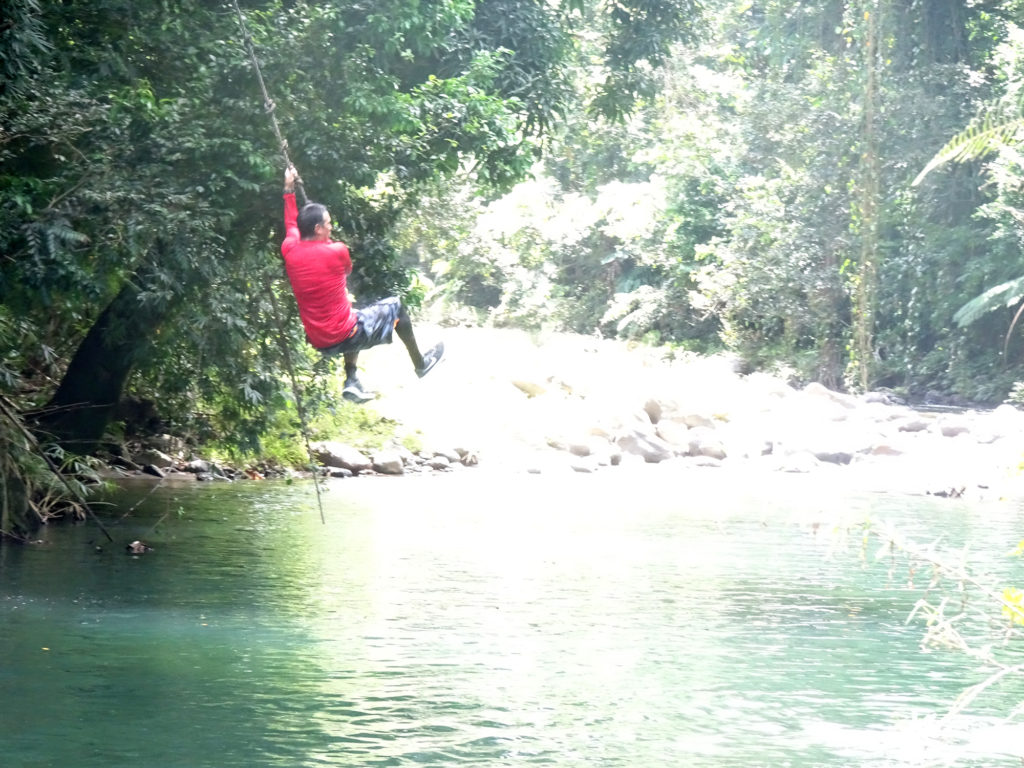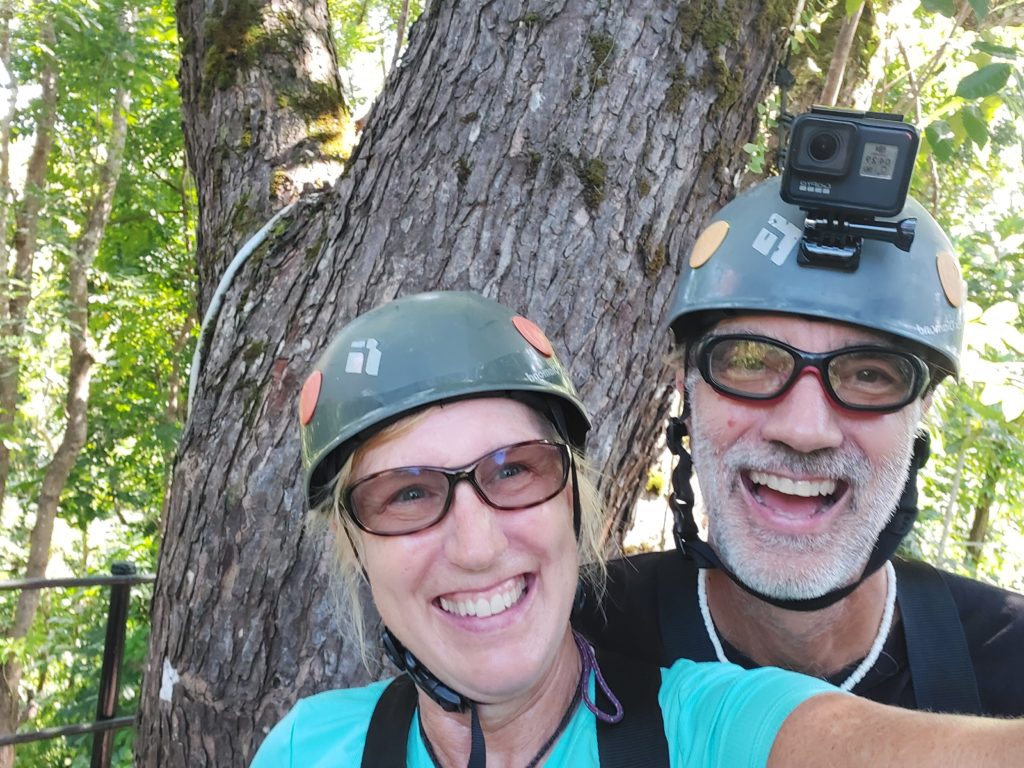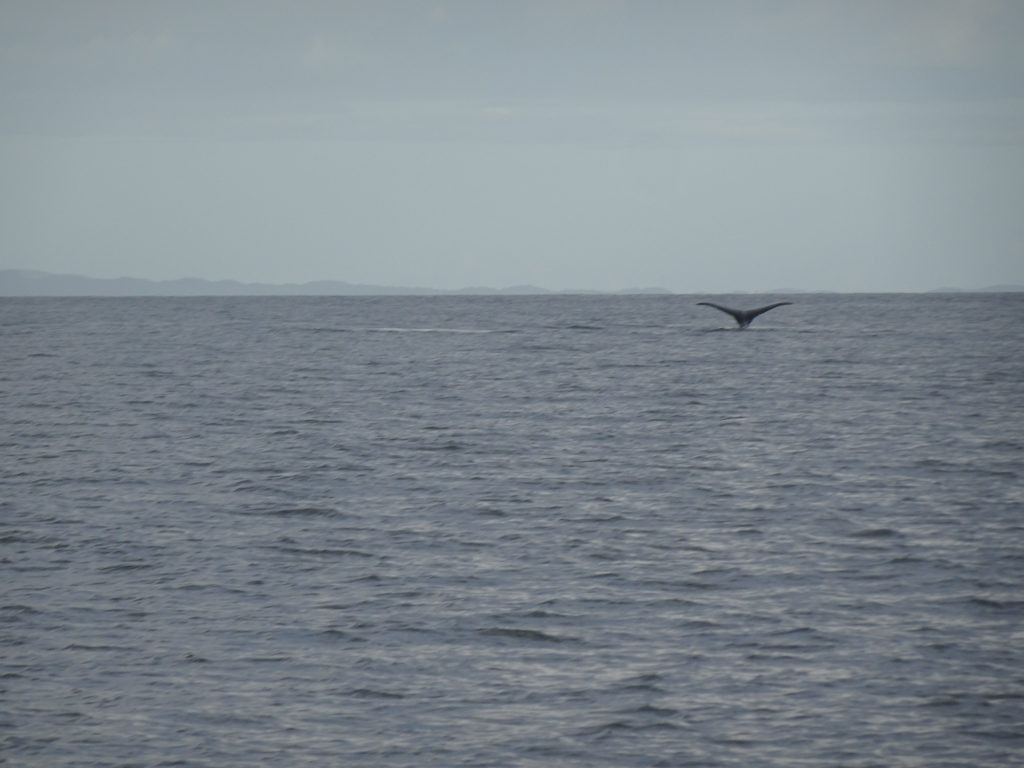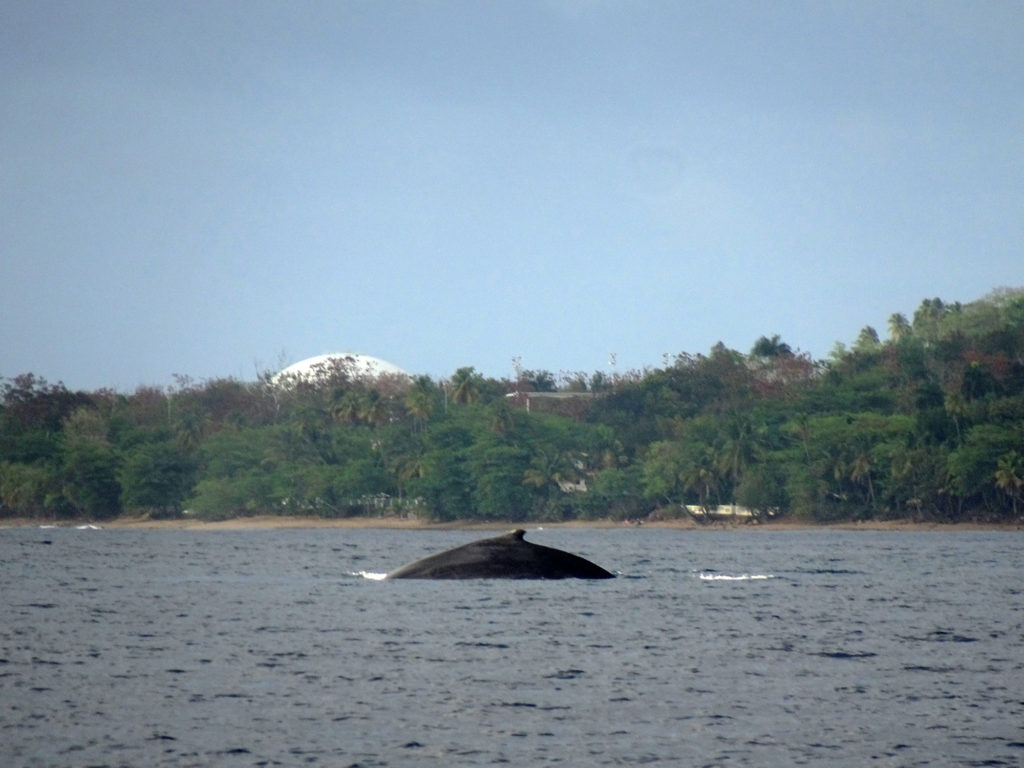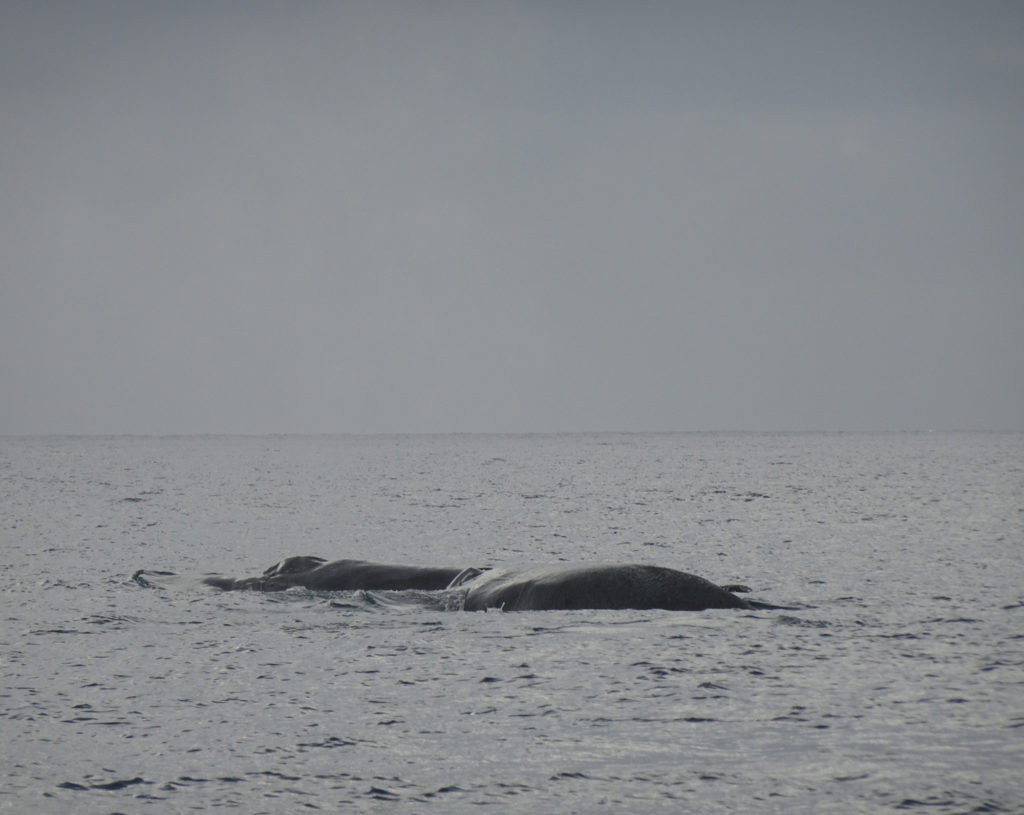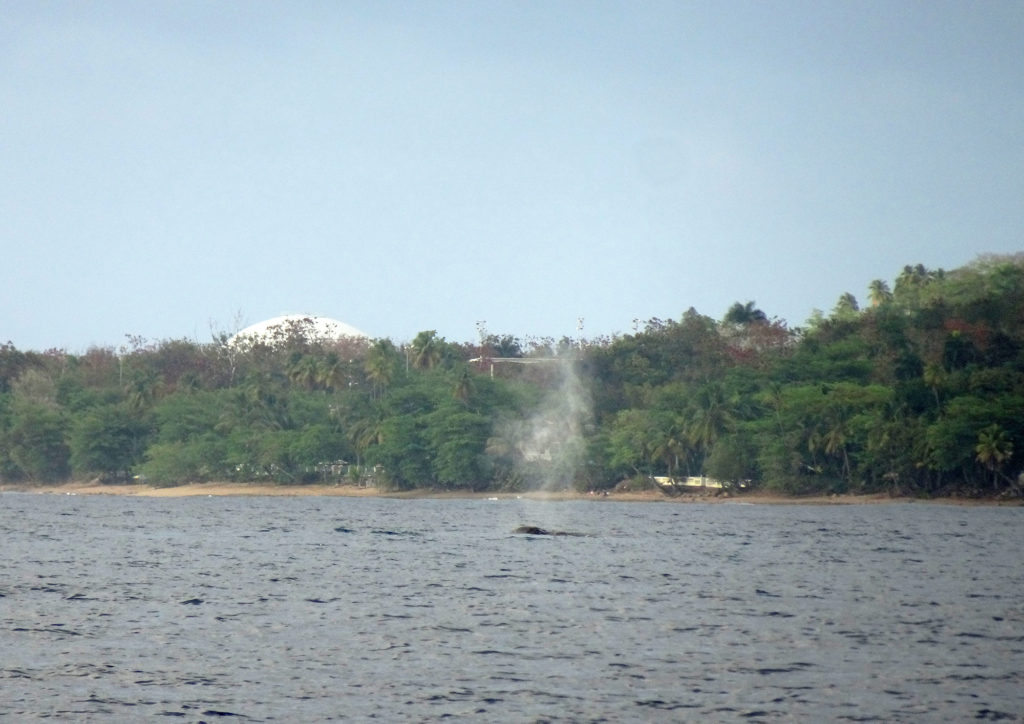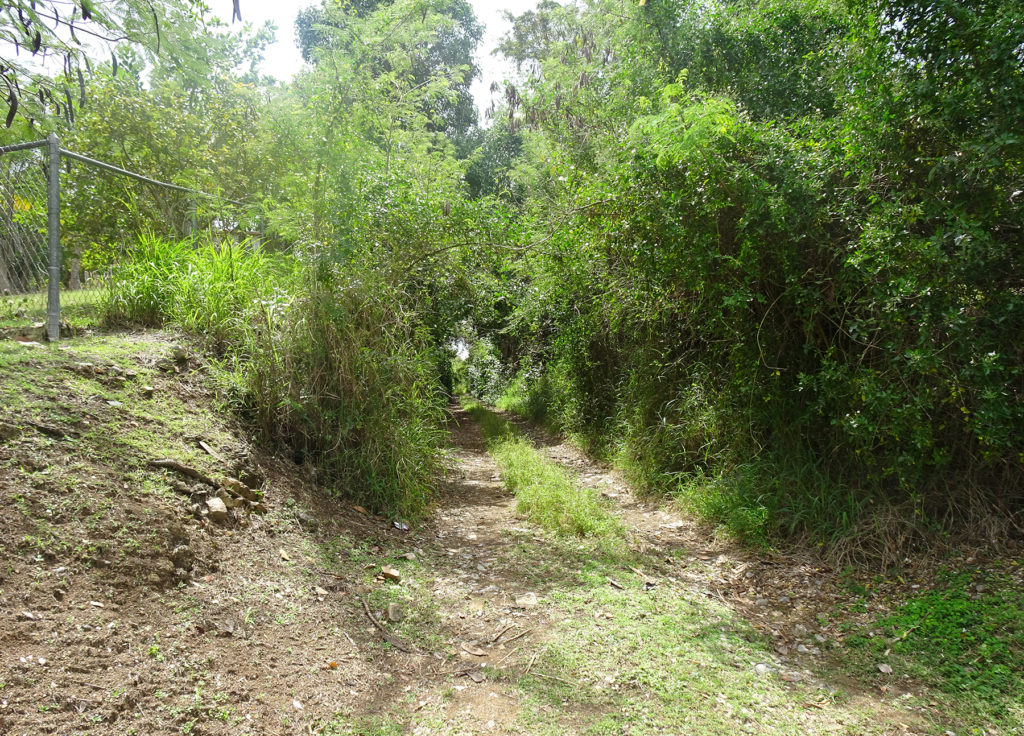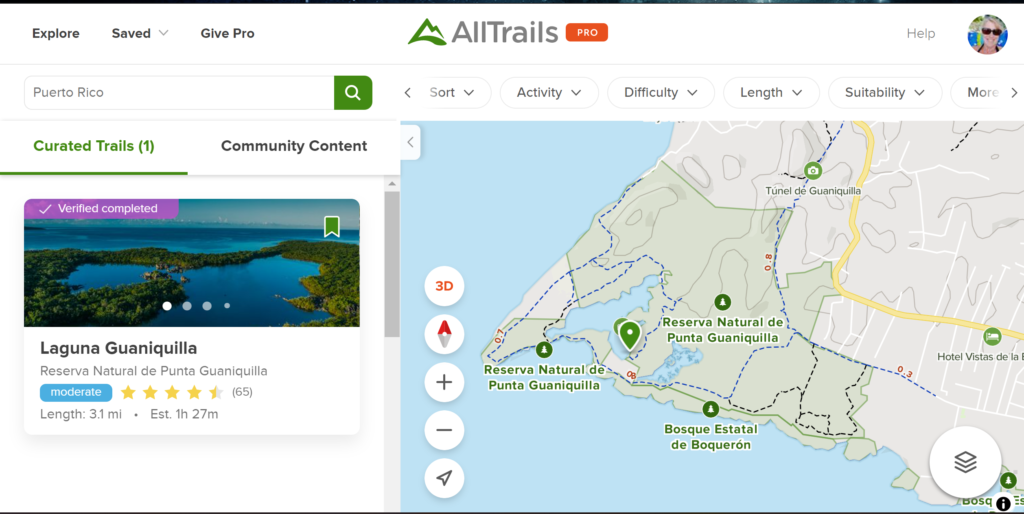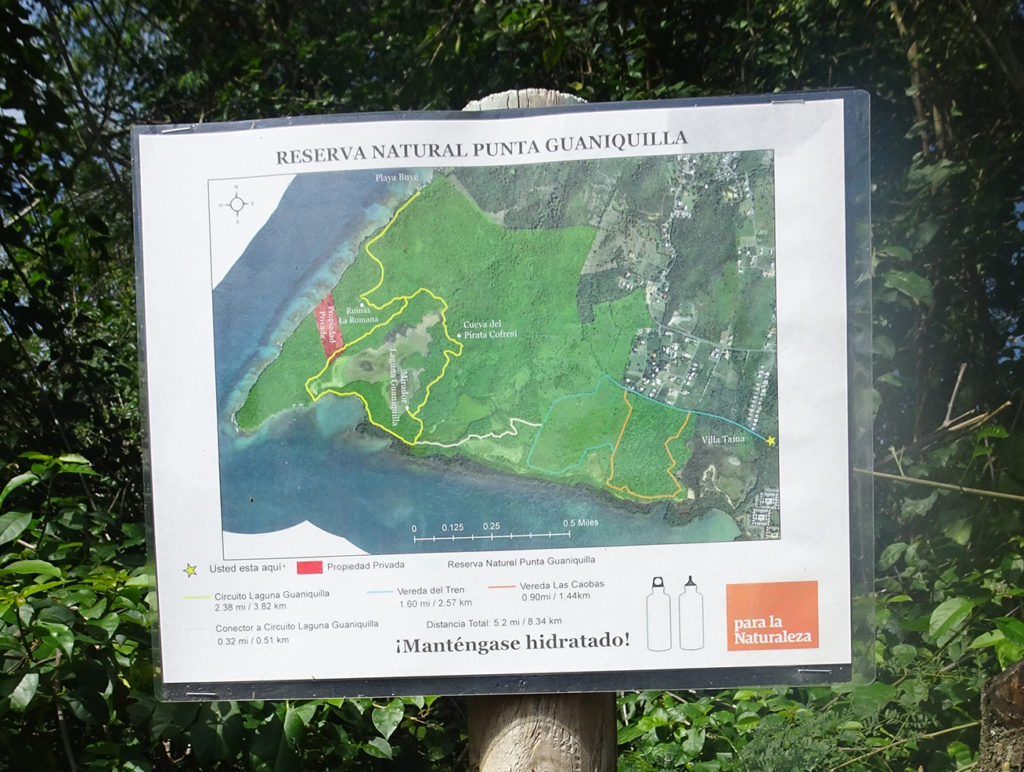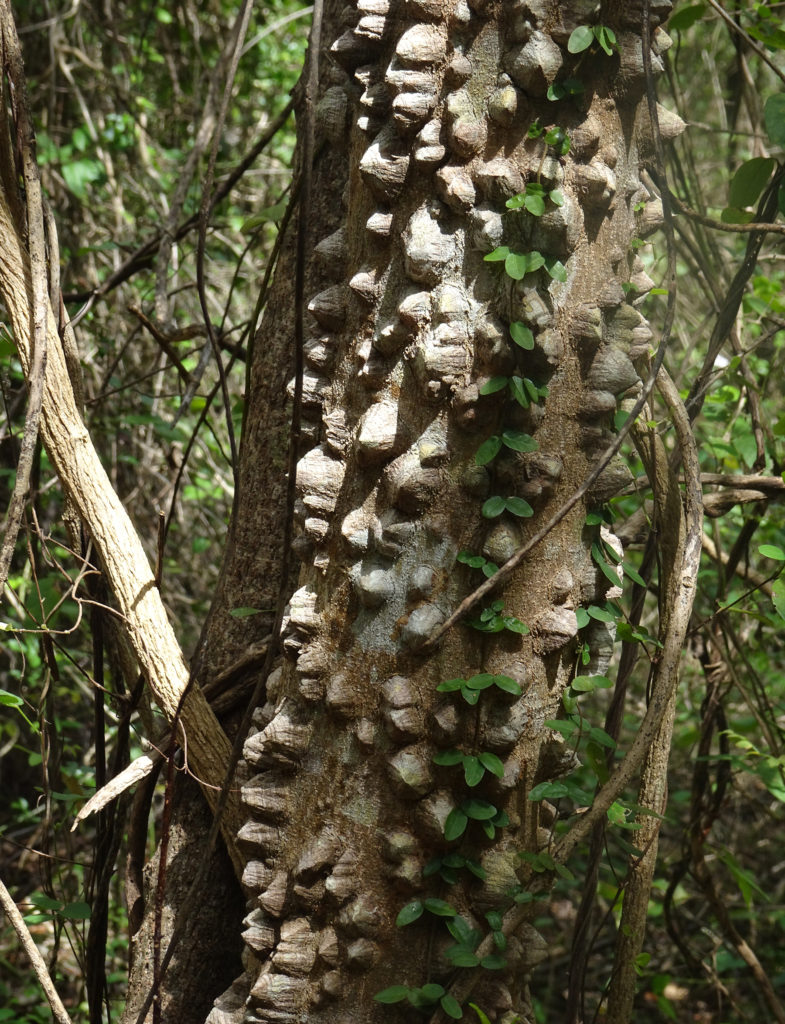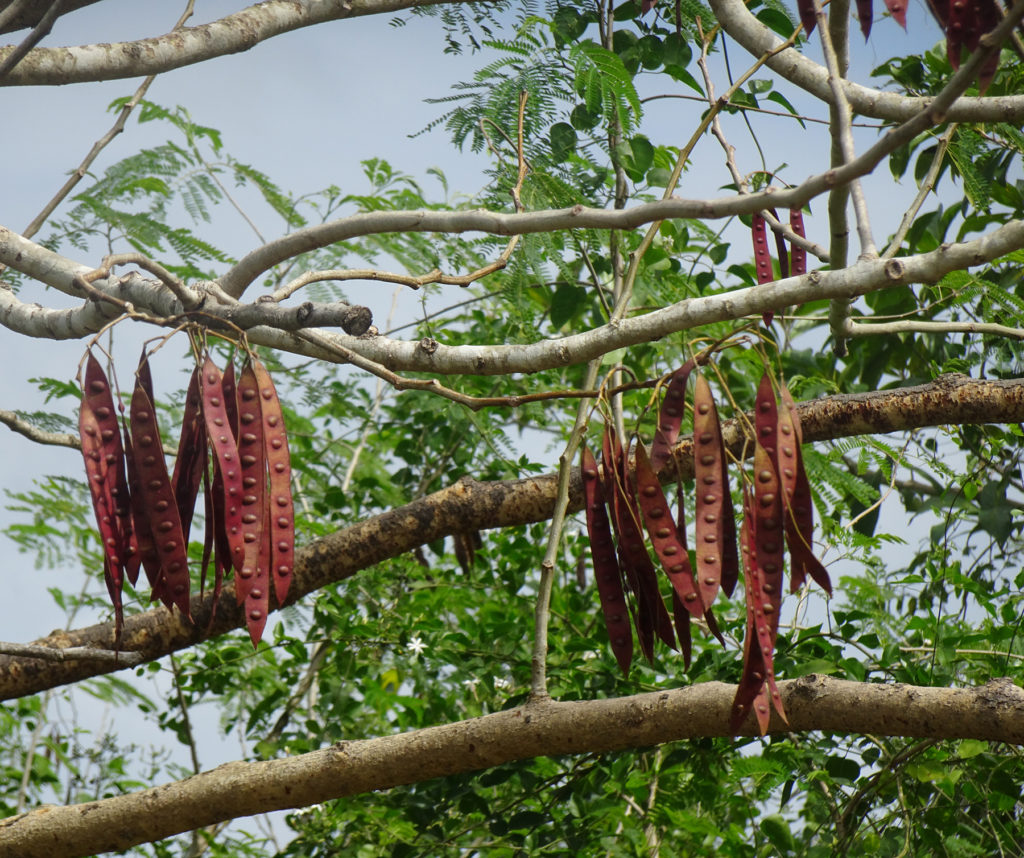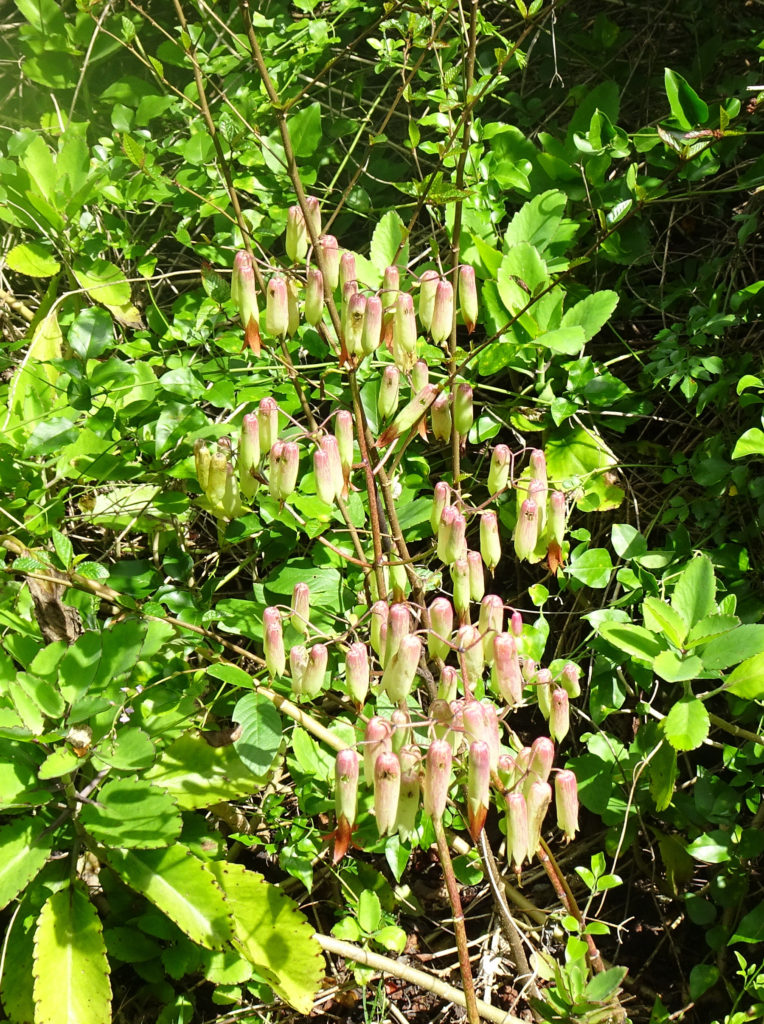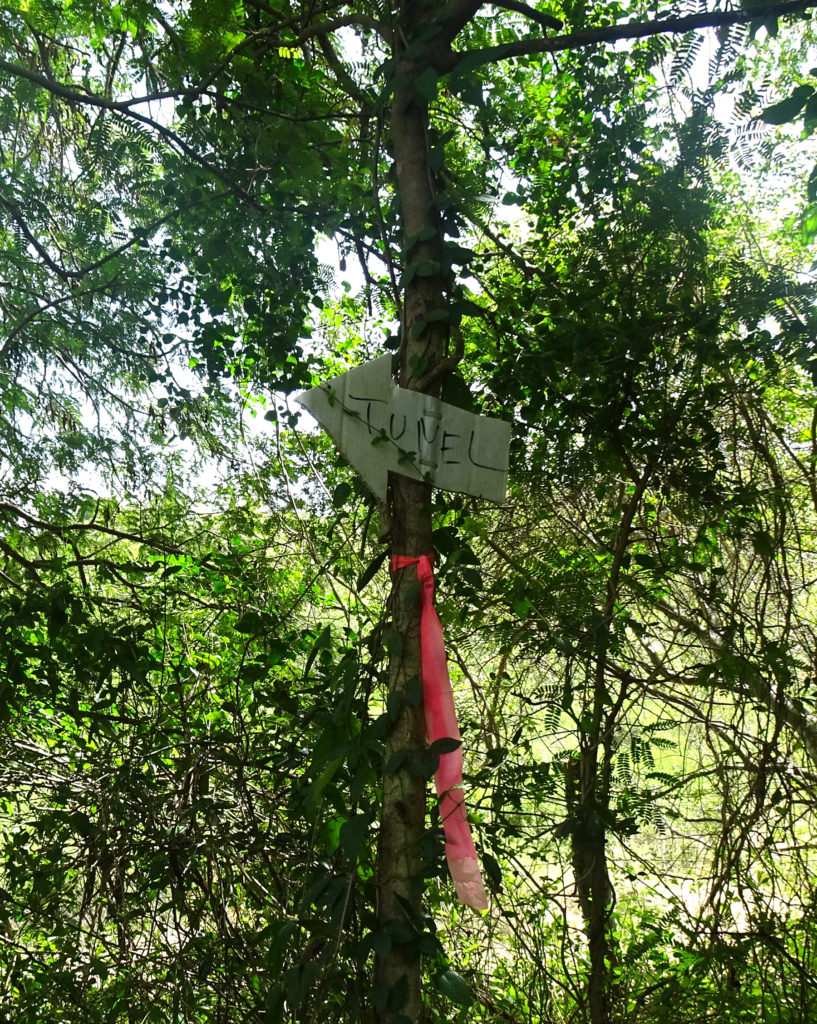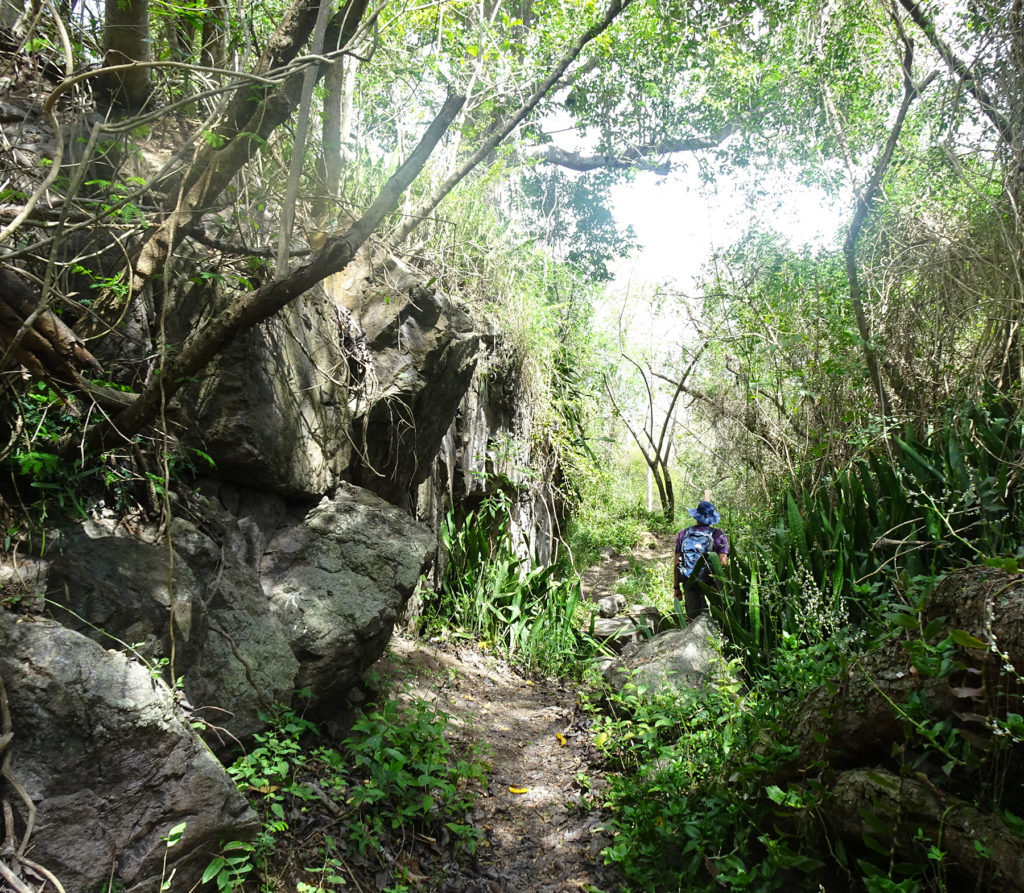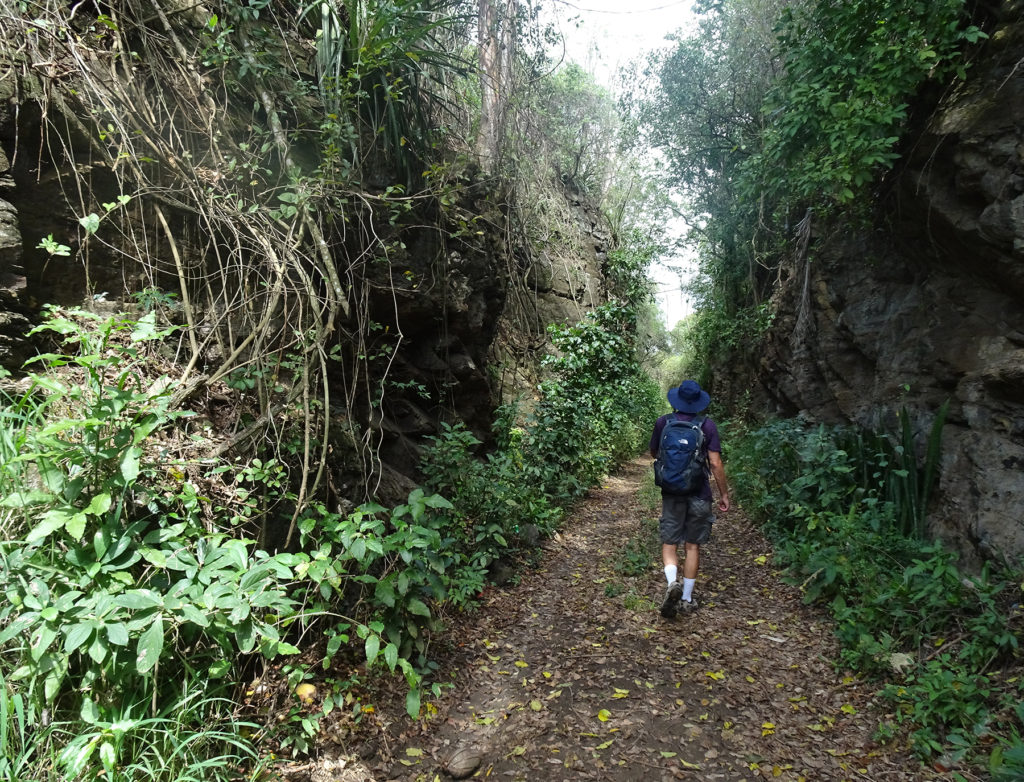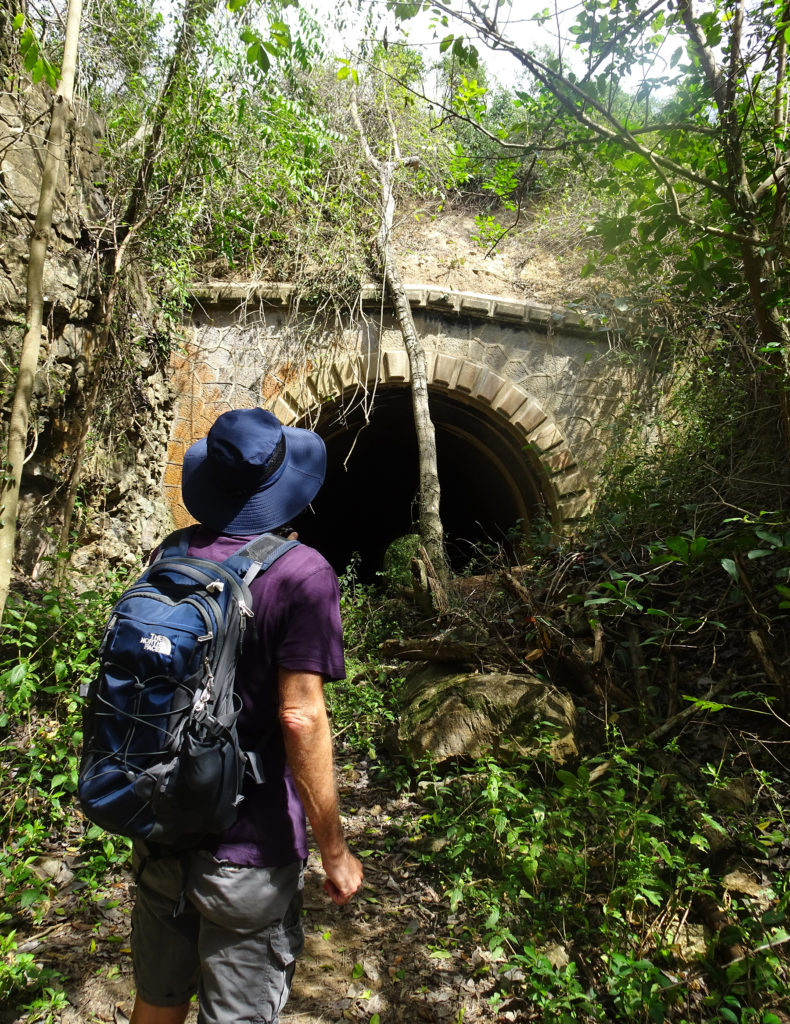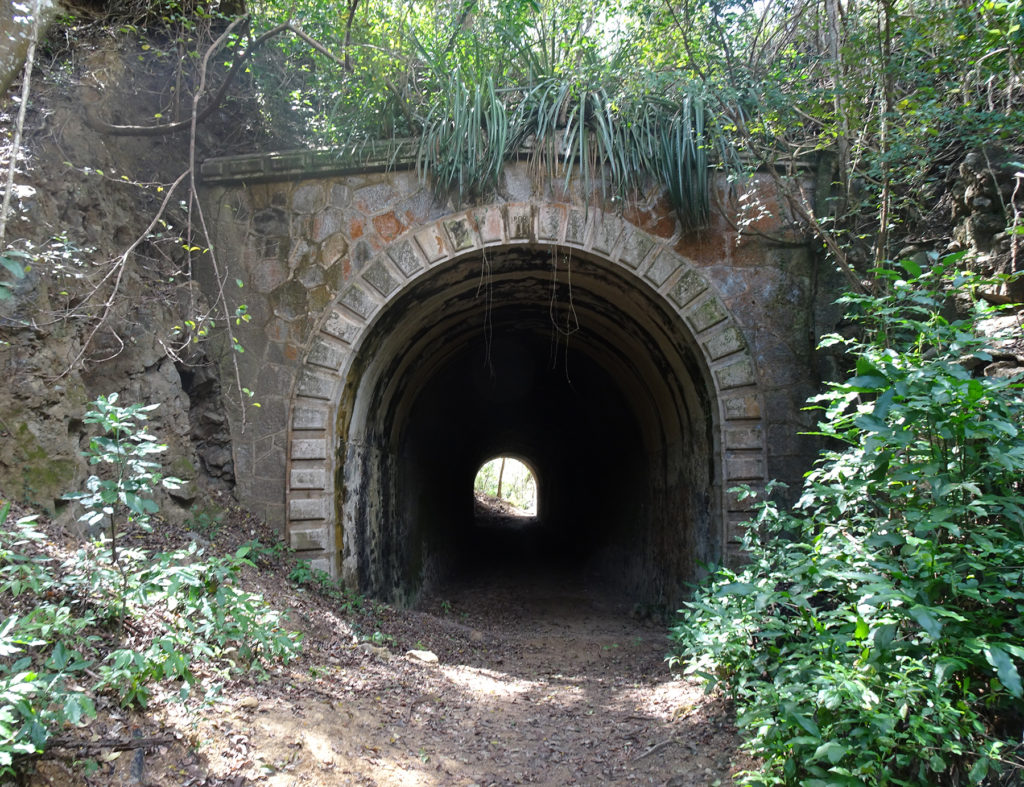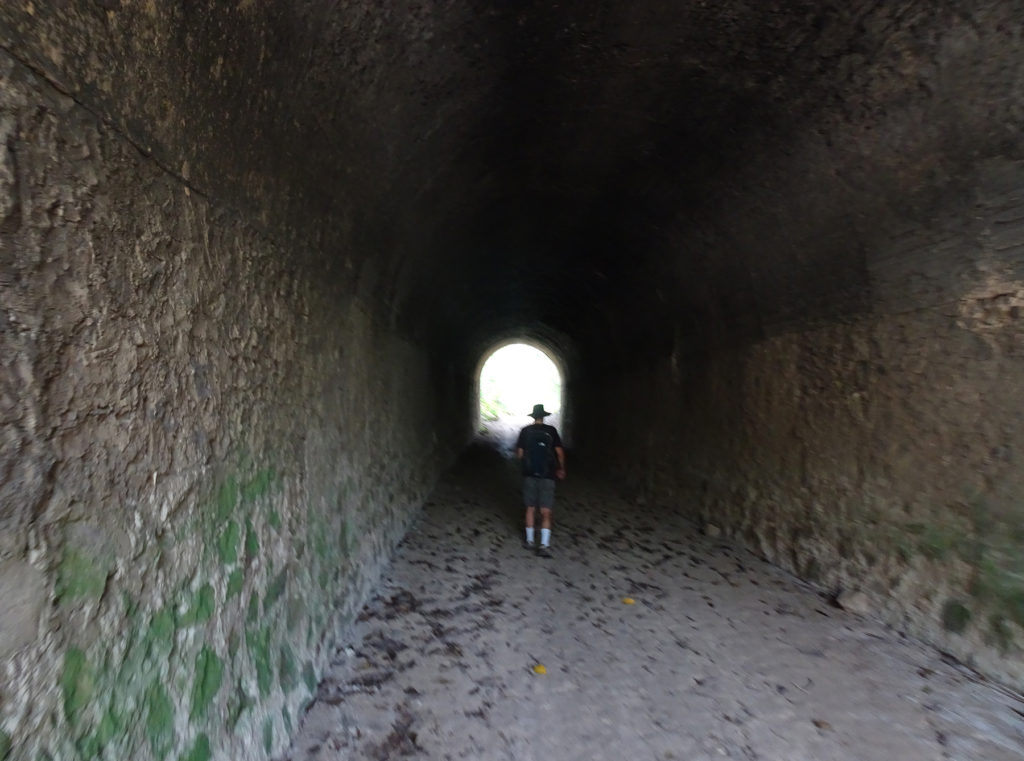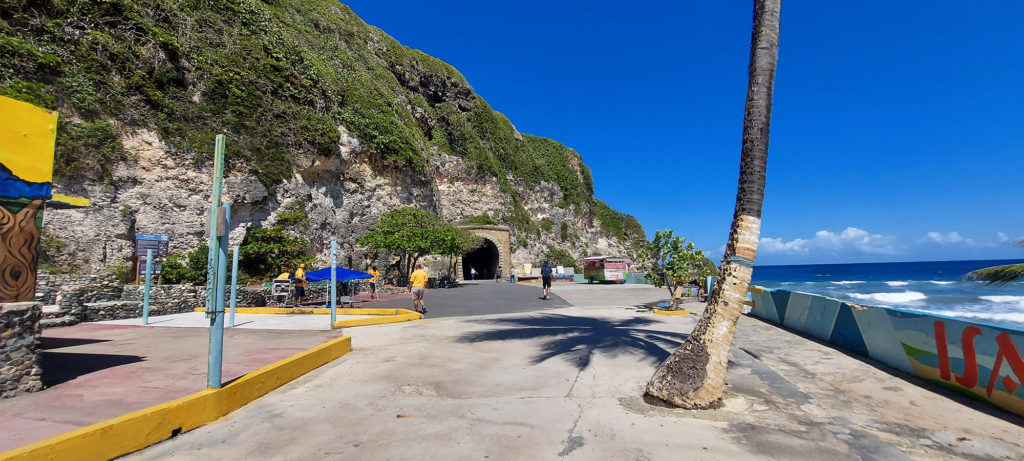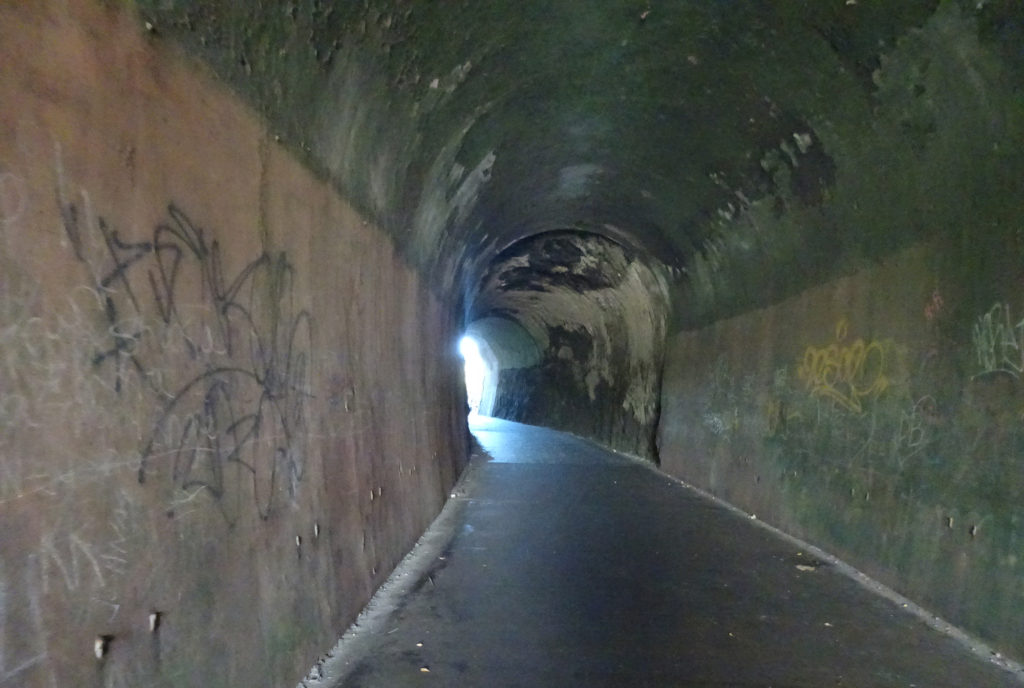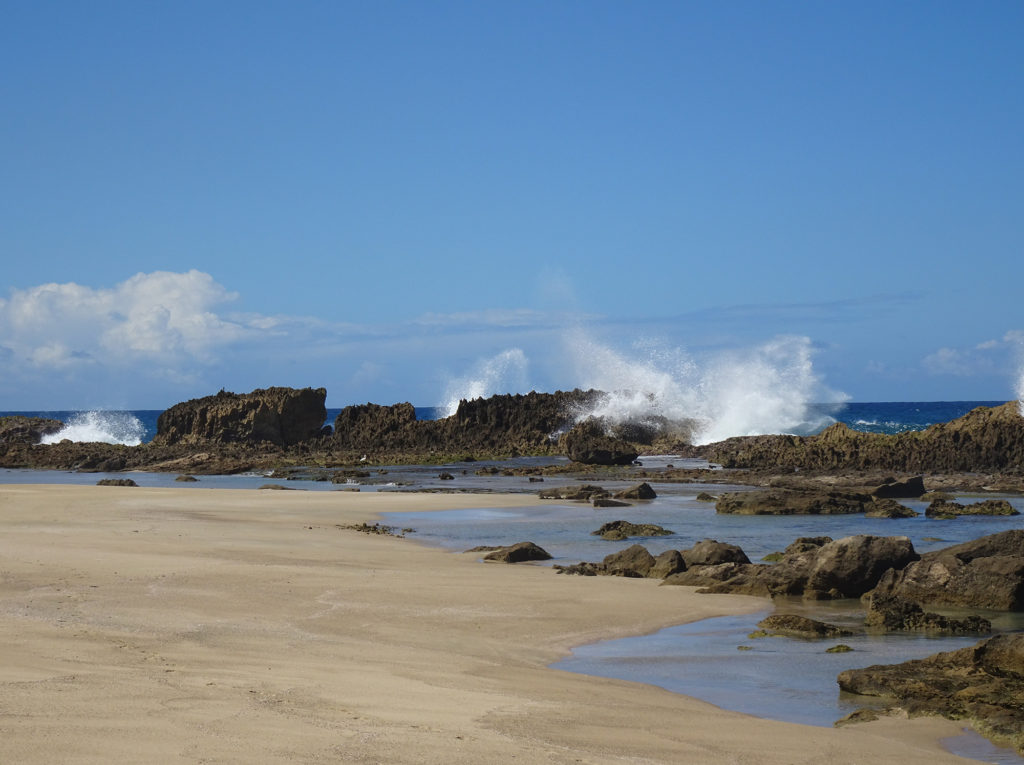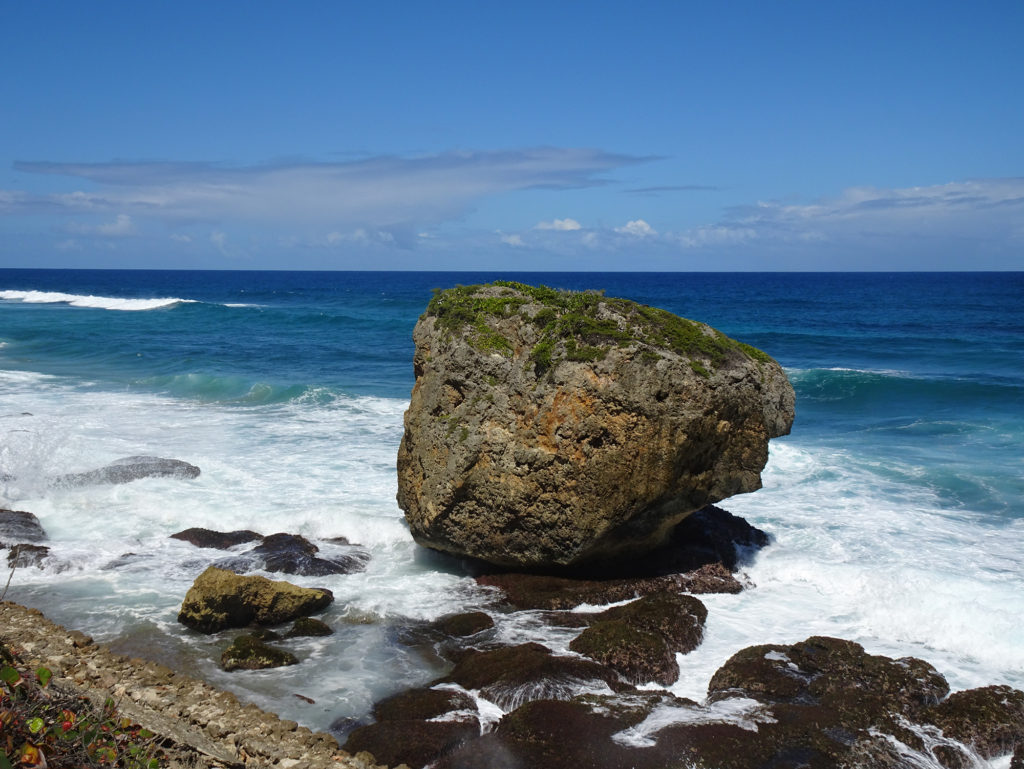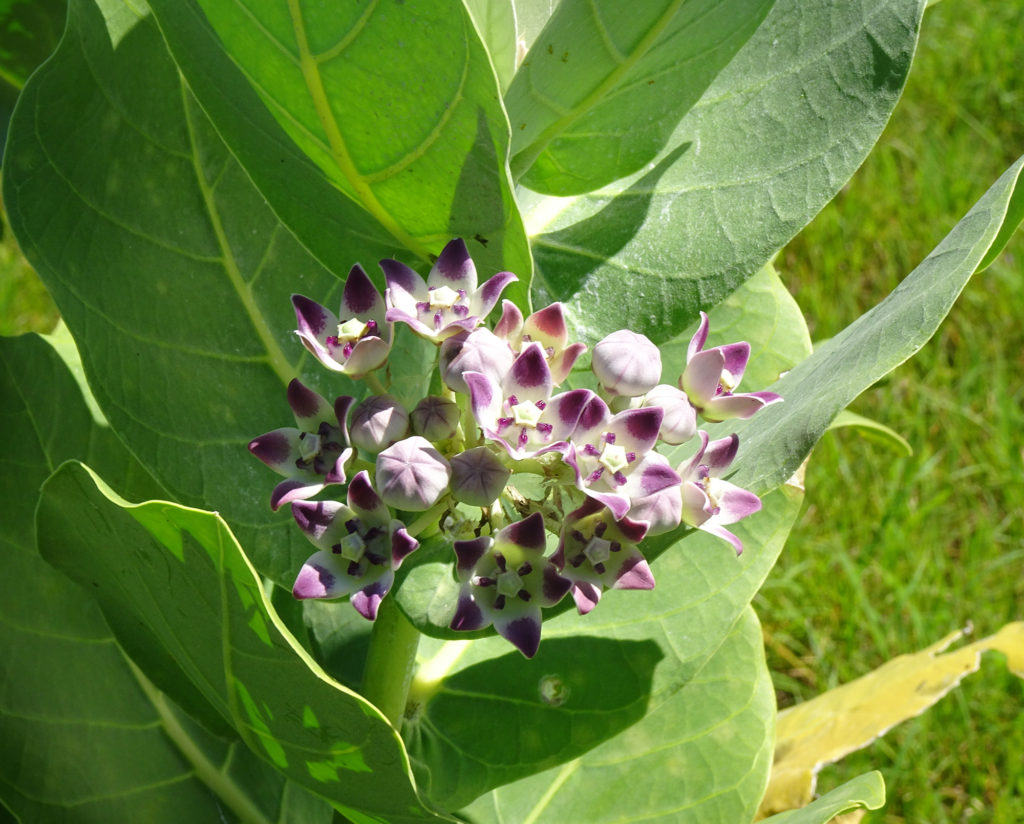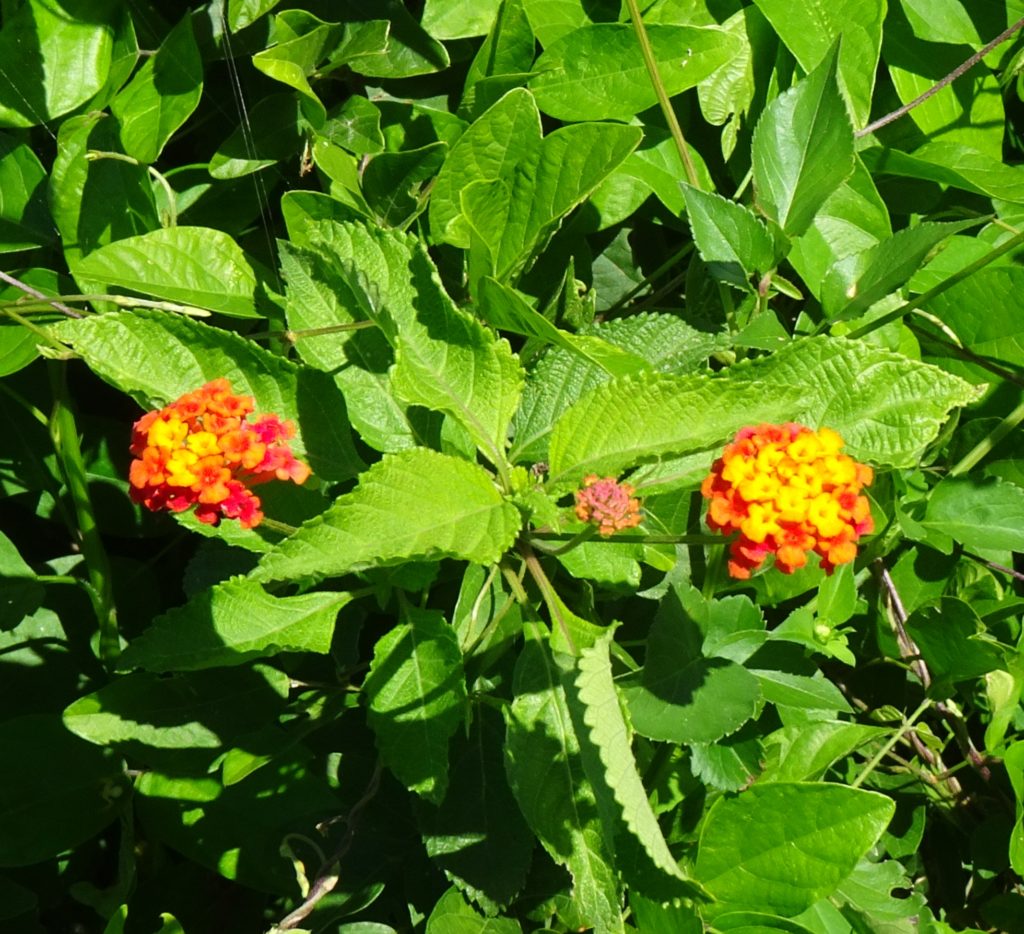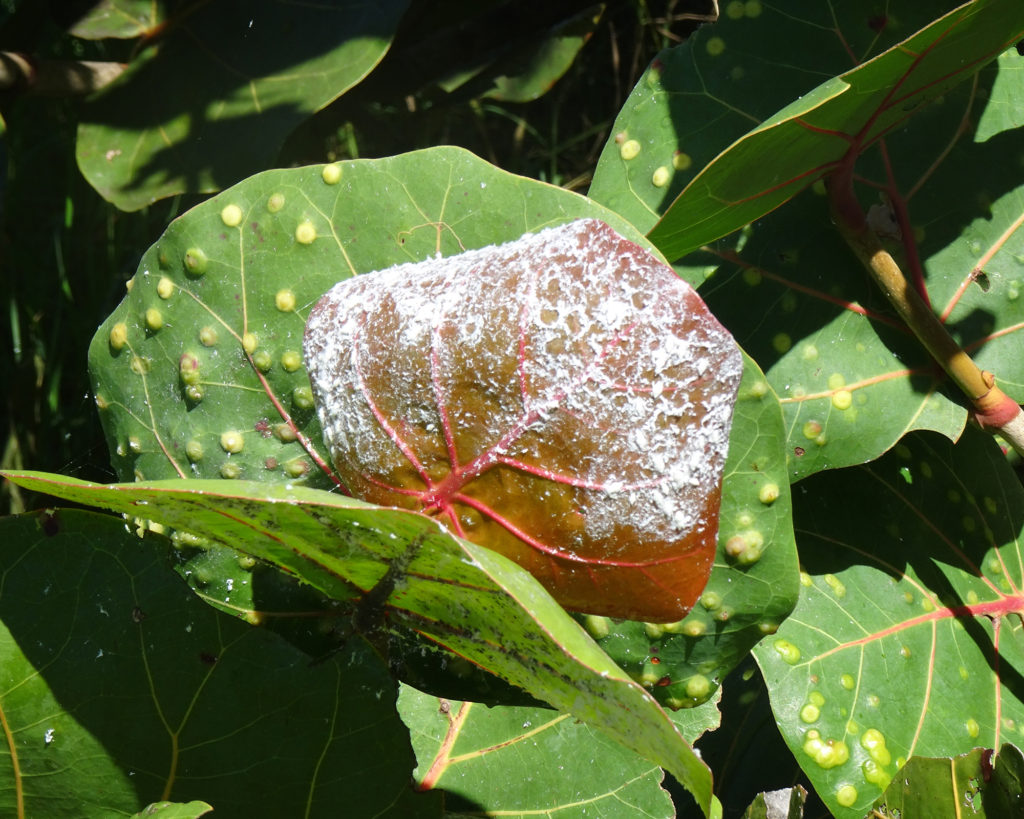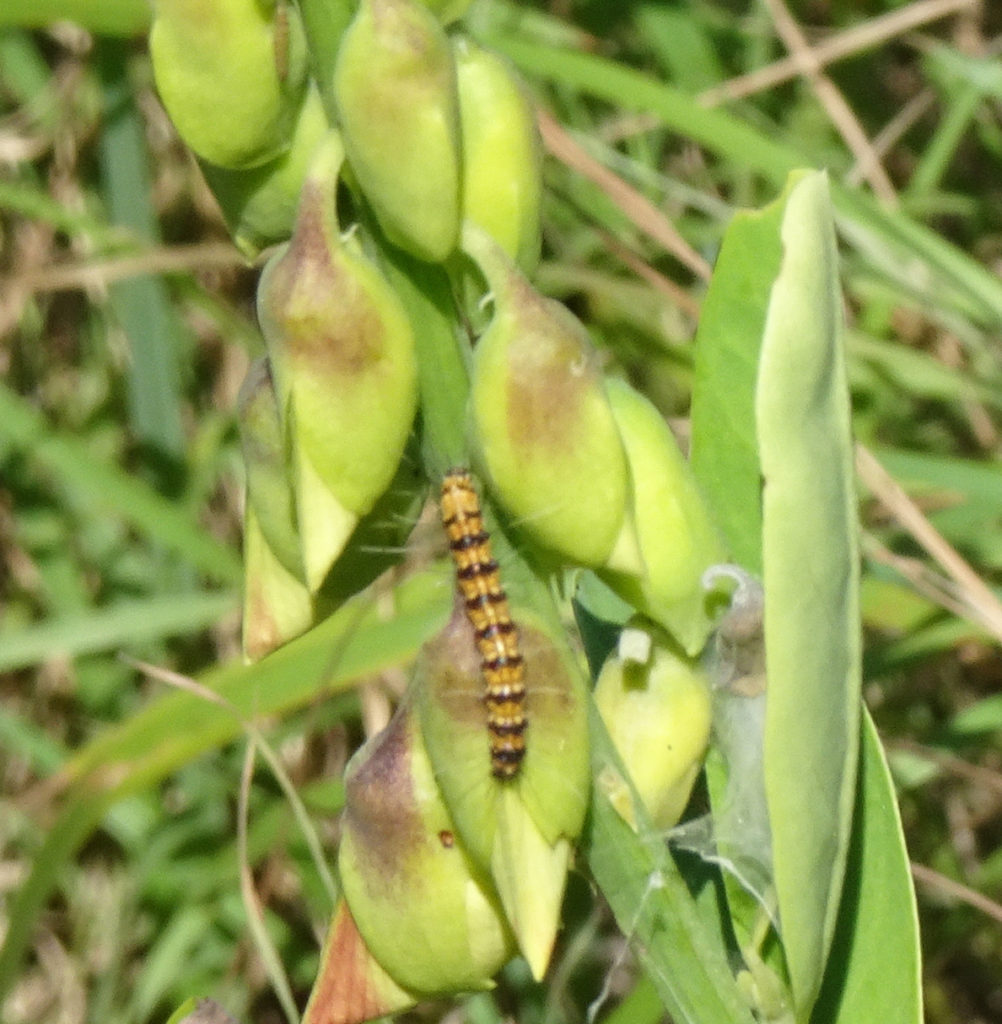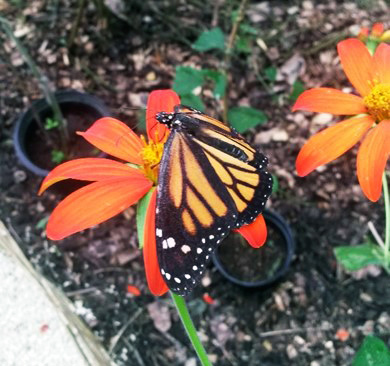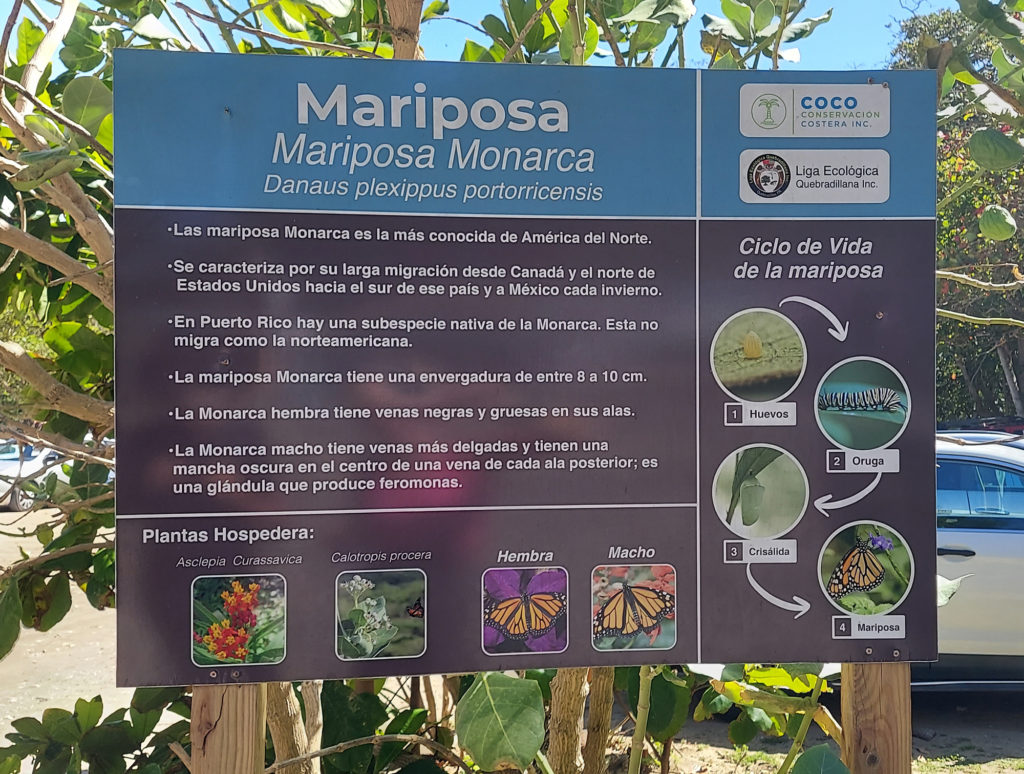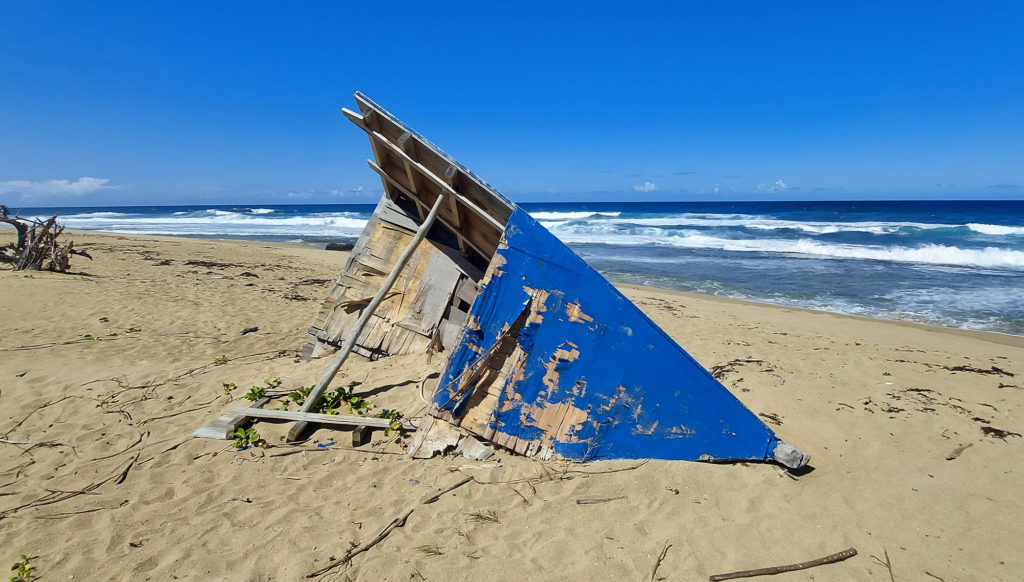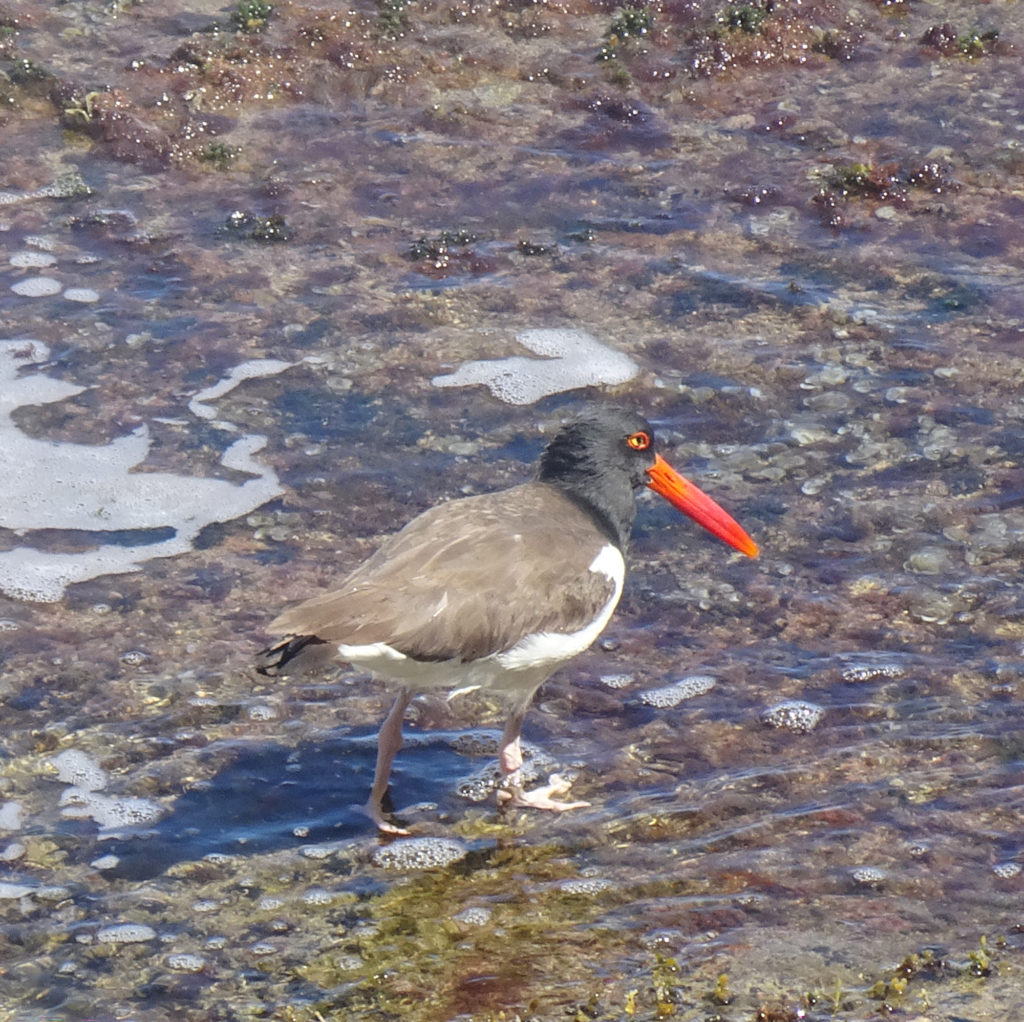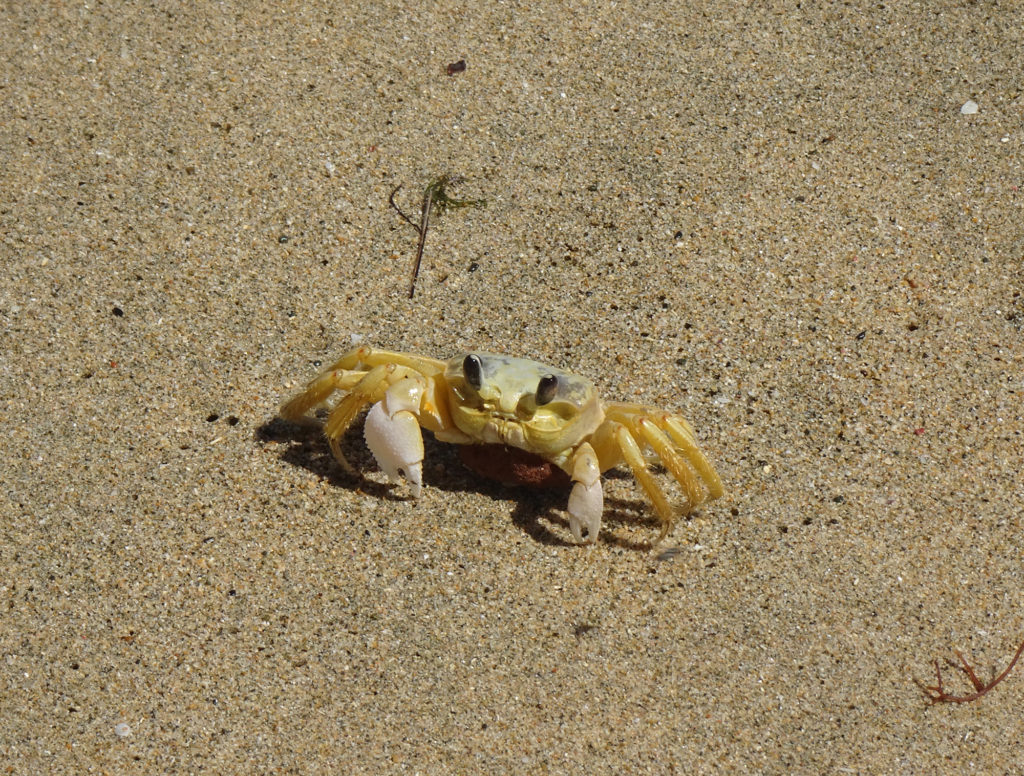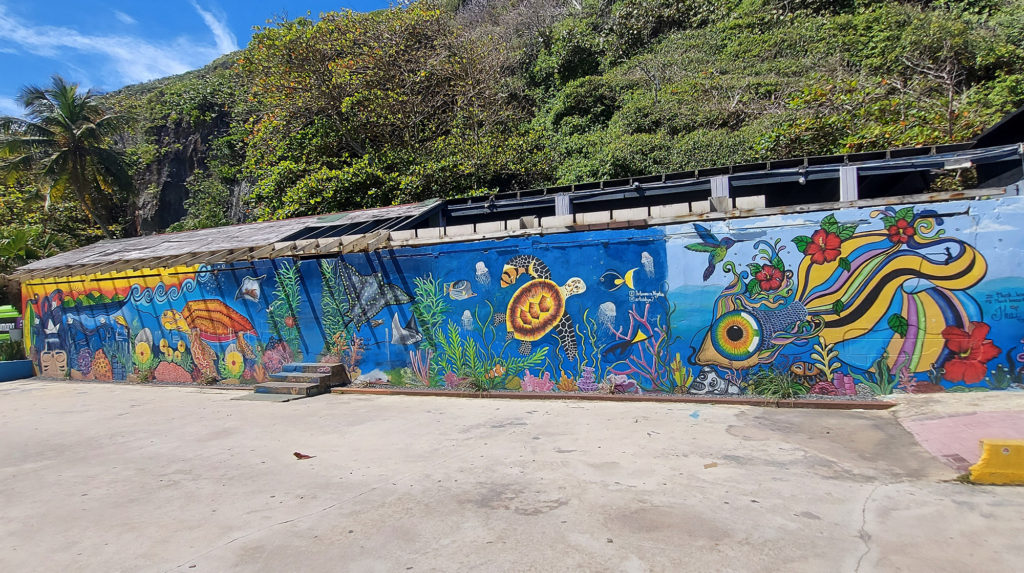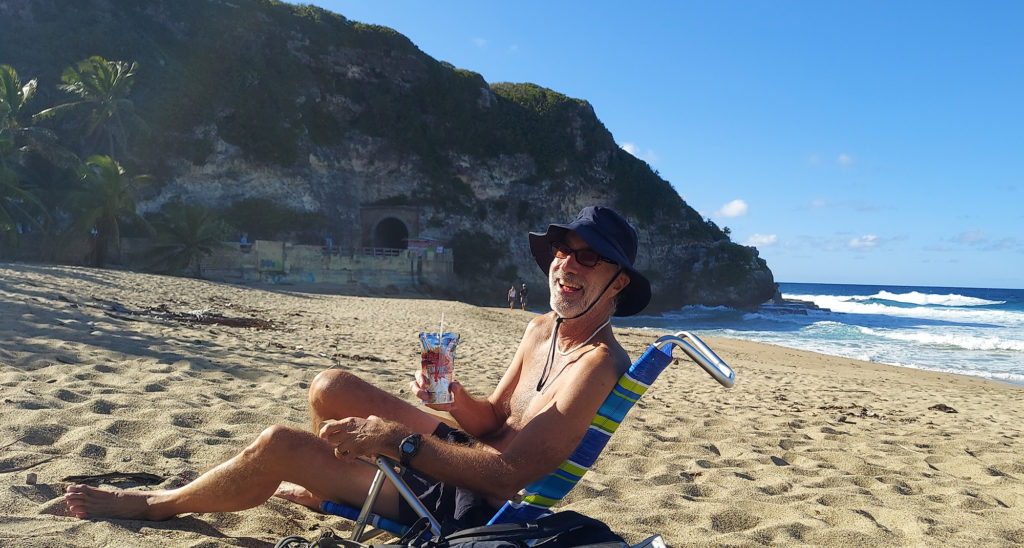No visit to St. Croix is complete without a trip to its crown jewel of underwater glory: Buck Island.
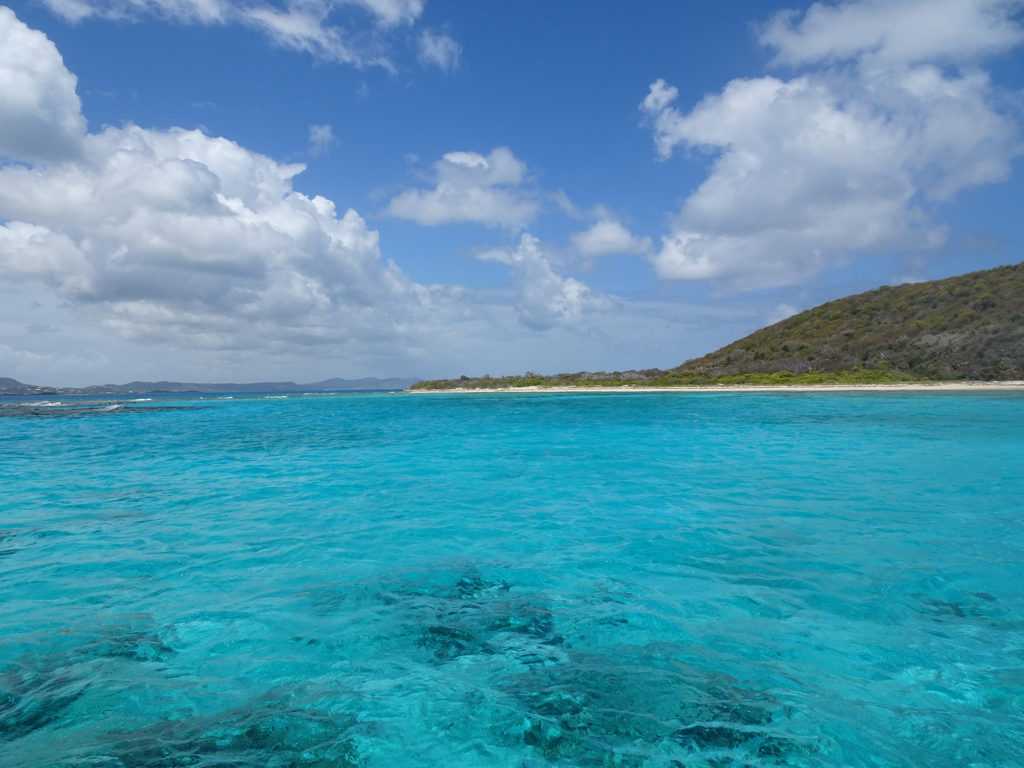
Located one and a half miles from the dock at Christiansted across the turquoise sea, Buck Island Reef National Monument offers over 19,000 acres of both submerged and dry lands that are pristine and perfect for nature exploration. The only way to get there is on a National Park Service-approved boat tour. We chose to take a half-day catamaran trip with Big Beard Adventures.
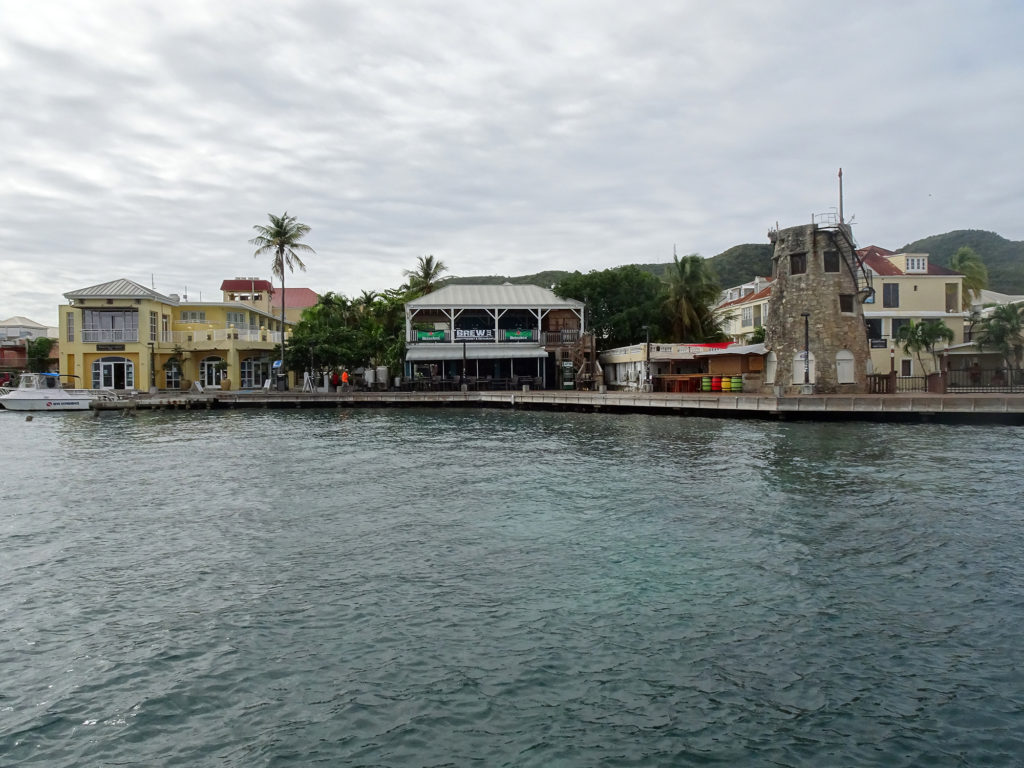
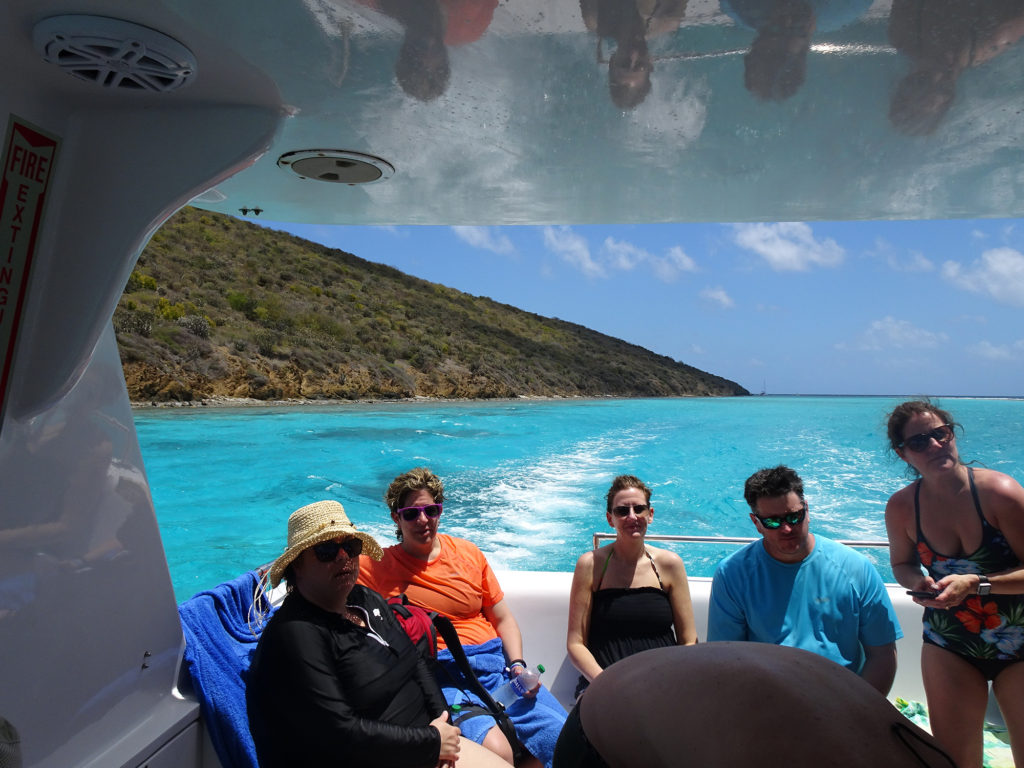
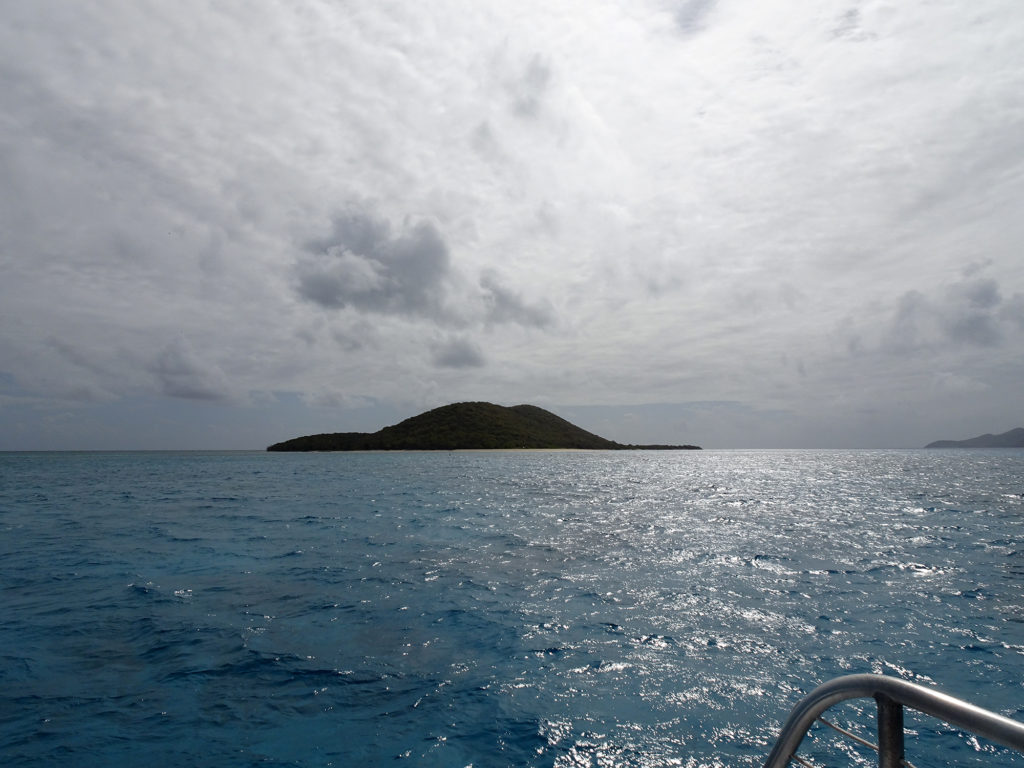
There are hiking trails on Buck Island will take you through a tropical dry forest to the hilltop; we didn’t have time to do this. (Take the full-day tour if you want to hike.)
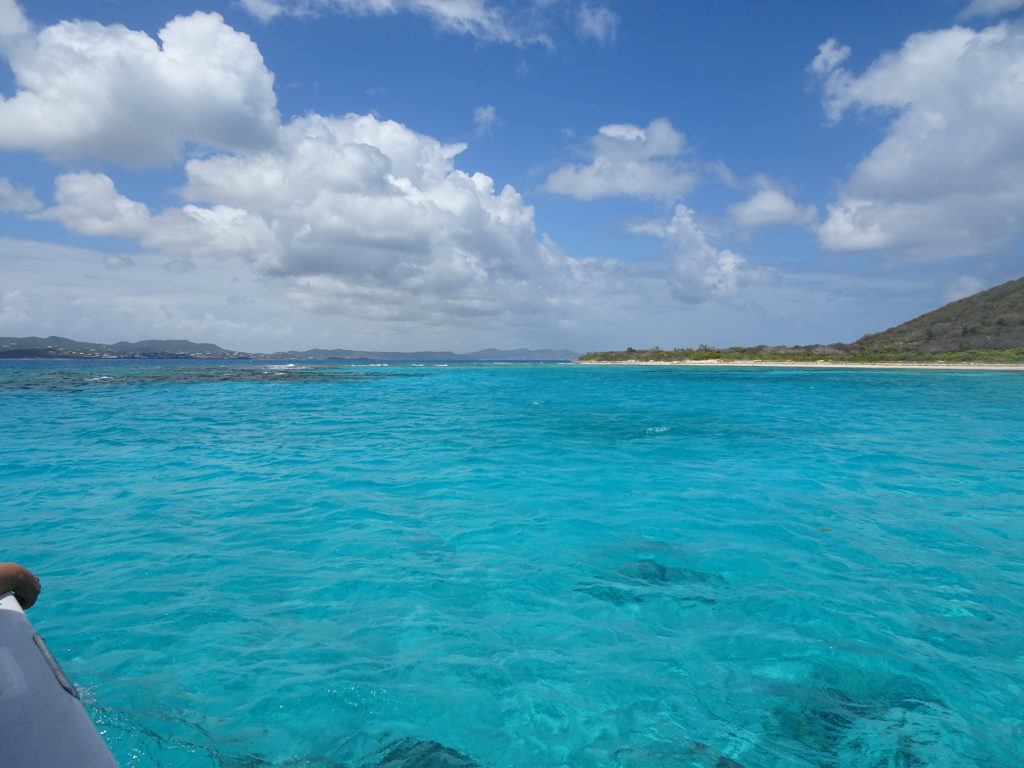
Beaching
But we did have time to visit the beach, where we watched gray pelicans and magnificent frigatebirds fish while novices were back at the boat learning how to snorkel. Then the Big Beard crew honked the horn for us the re-board the catamaran, and took us around to the other side of the island.
Snorkeling
We pulled on our masks and fins and jumped in with the first group and snorkeled for an hour and a half above an outstanding reef teeming with colorful fish and majestic elkhorn coral. Enjoy Bob’s YouTube video!
Drinking
On the way back to Christiansted, we enjoyed punch made with St. Croix’s own Mutiny Vodka (we will visit their distillery on our next visit to the island) while visiting with our new friends, Jane and Rick from St. Louis! (Jane originally hails from Adelaide, Australia, and both are scuba divers.)
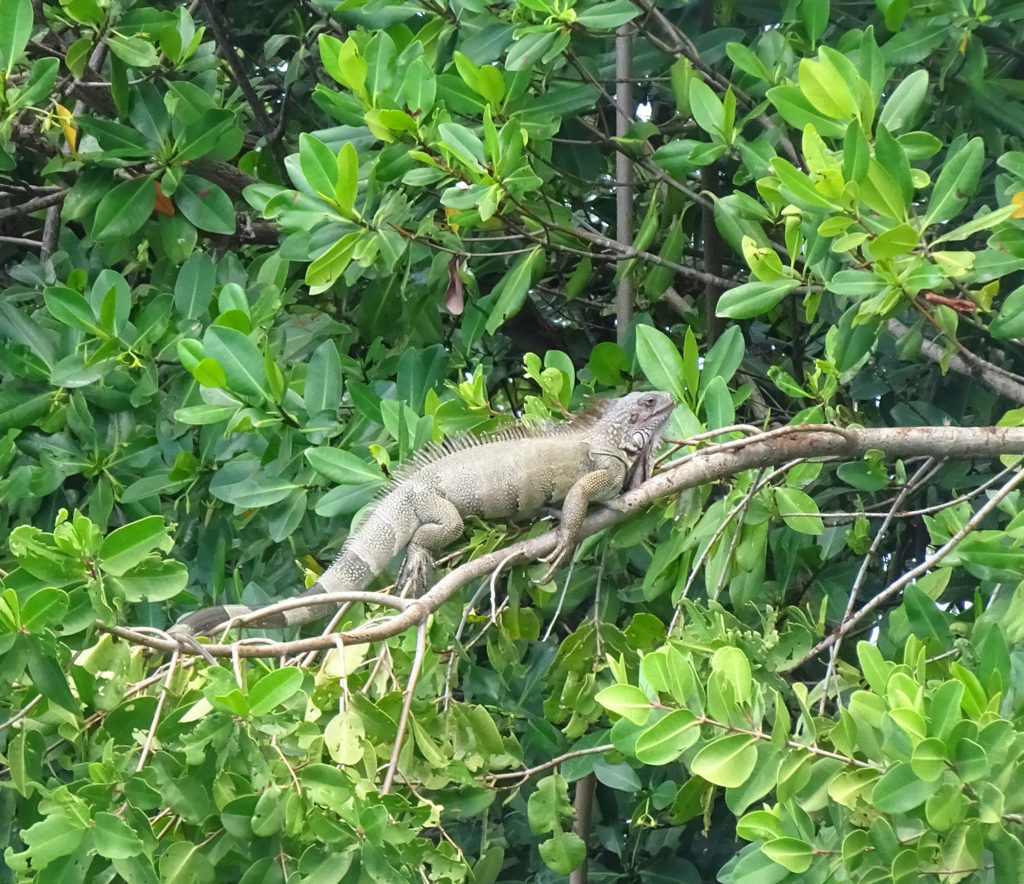
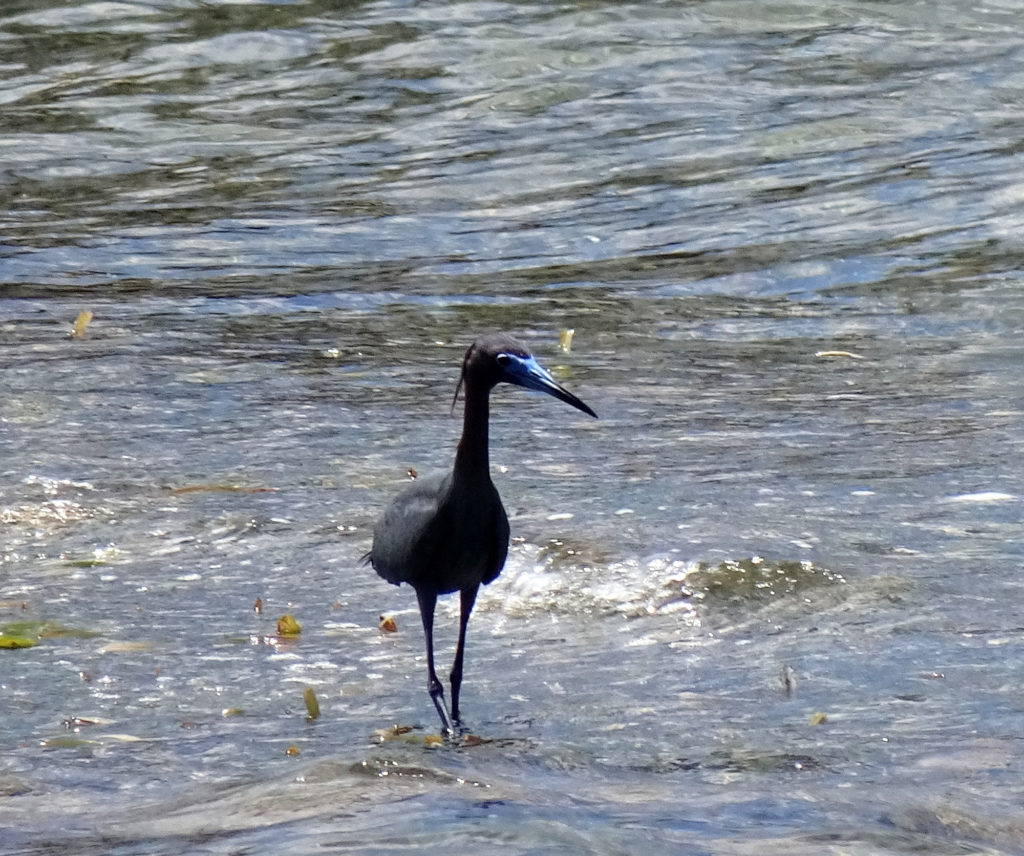
Messy Suitcase heartily recommends Big Beard’s Adventure Tours. Four thumbs up! The captain made the safety instructions hilarious; his crew did a great job of getting to know every participant’s needs and aspirations for the trip; and they were all extremely capable – and fun! (And yes, all the men did indeed sport big beards, though the new guy’s was still a bit scraggly.)
LINKS


